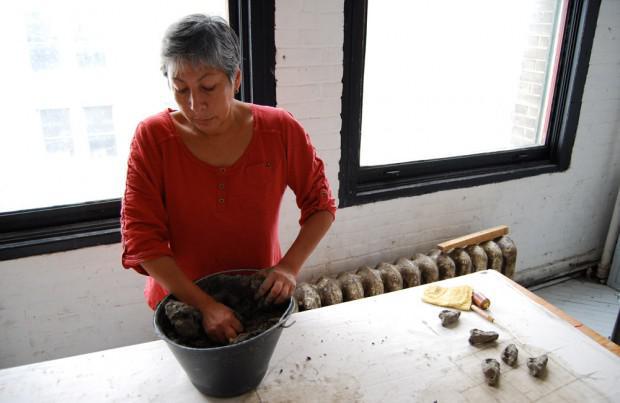Religious groups join campaign to raise welfare rates
Posted: 02/22/2014Winnipeg Free PressPrepare to see an economic -- and spiritual -- sign of the times when you drive by a house of worship over the next few weeks.
Some of the city's churches, mosques, and temples and gurdwaras plan to display the same message on their outdoor signs: Love your neighbour as yourself -- raise welfare rates. "God calls us to love your neighbour," says Ken DeLisle, minister at Fort Garry United Church, which sported that message on its sign for most of February.
"If you have two coats, you give one away."
That same message of neighbourliness will also be posted at the outdoor sign of the Singh Sabha Sikh Gurdwarda on Sturgeon Road, says president Jagpal Johal.
Although this current campaign is directed at the specific issue of raising Employment and Income Assistance rates, people of faith have long advocated for justice and compassion for the less fortunate, says a member of Make Poverty History Manitoba, the organization running the sign campaign.
To read the entire Free Press article, click here.
And this is Augustine's contribution to the advocacy.








